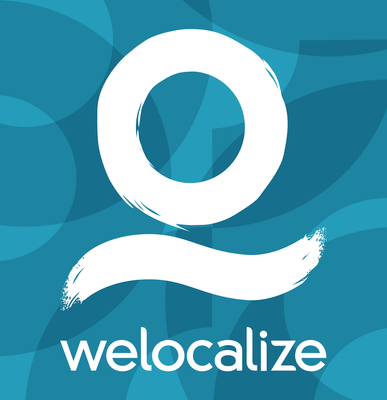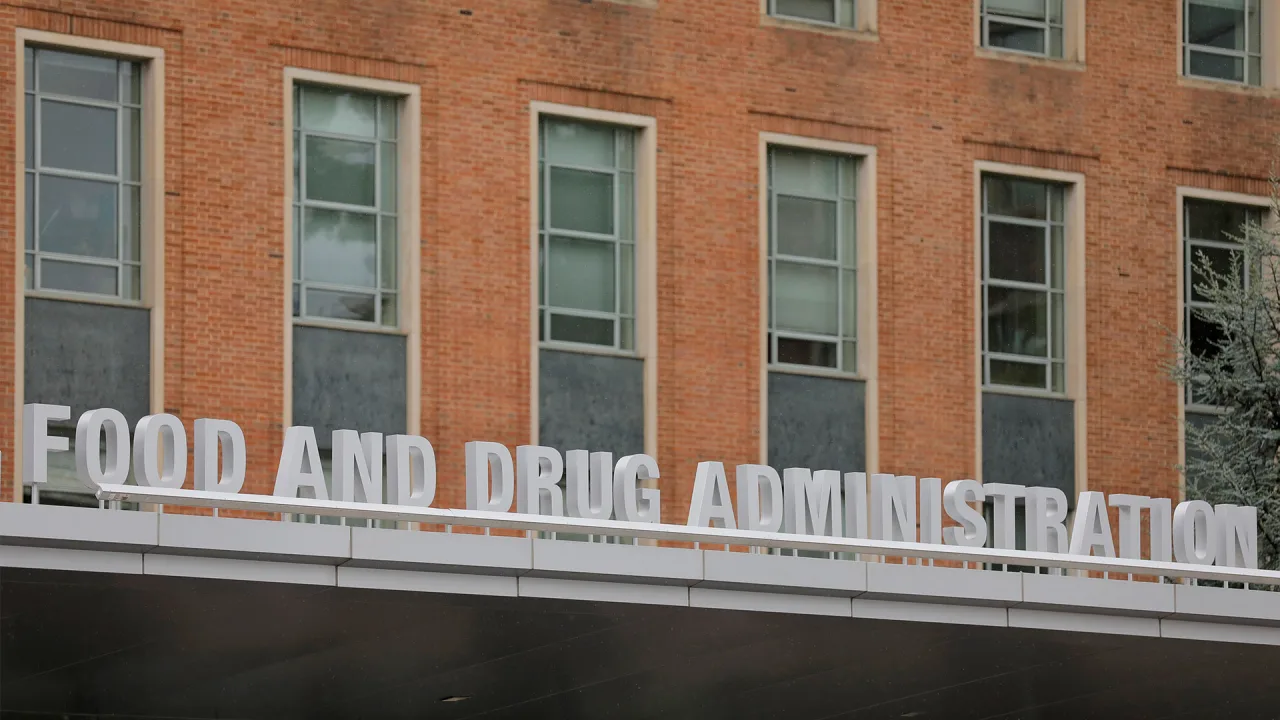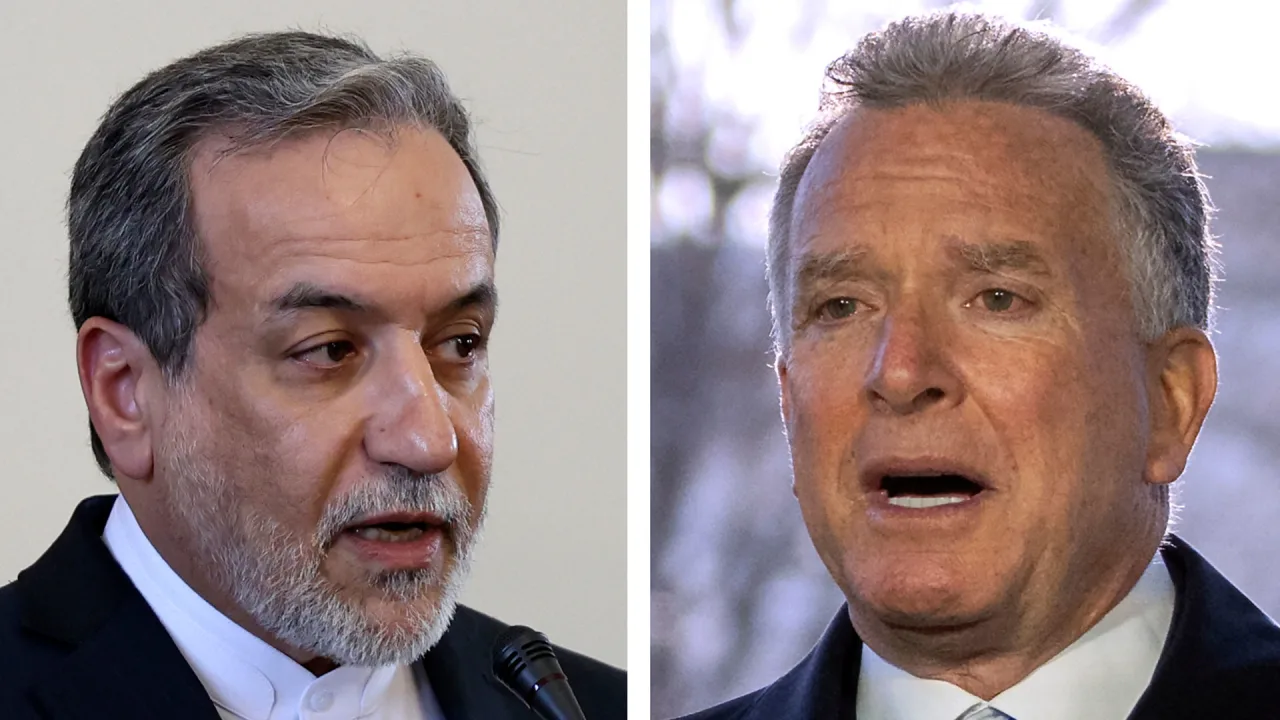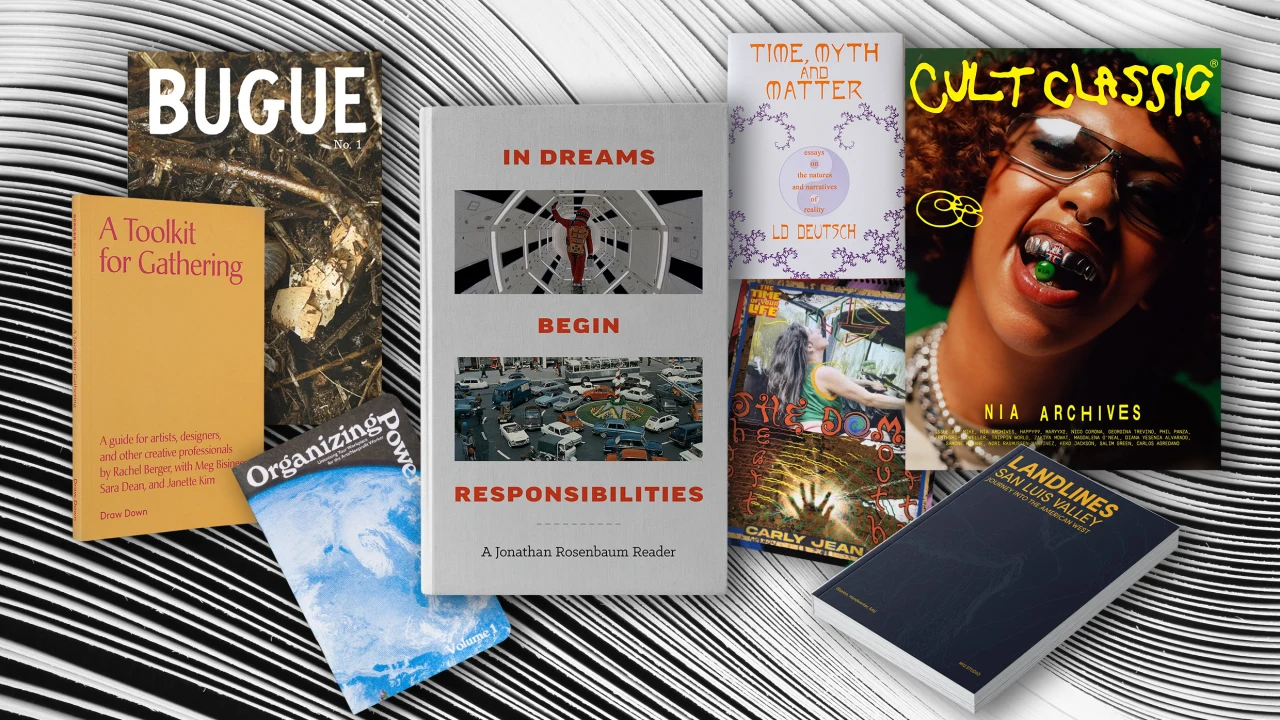PepsiCo is the latest in a fast-growing club of marketers betting on Formula 1
PepsiCo is the latest big-name marketer to rev up alongside Formula 1, joining a growing roster of brands eager to tap into the surging popularity of the global motorsport. The snack and beverage giant recently signed a multiyear partnership with F1 that includes TV-visible trackside ads, on-site activations at 21 races, and co-branded promotions for three of its marquee brands: Gatorade, Doritos, and Sting Energy. With this move, PepsiCo joins the ranks of luxury powerhouse LVMH, Qatar Airways, and tech heavyweights like Oracle, HP, and Amazon Web Services—each of which has struck sponsorship deals with either individual racing teams or the league itself. Young, rich, global While PepsiCo has long been a fixture in sports marketing—teaming up with leagues like the NFL, NBA, WNBA, and the 2026 and 2027 FIFA World Cups—company execs say Formula 1 brings something different to the table. The sport’s fan base skews younger, is more affluent, and appeals equally to men and women. And with 24 Grand Prix races spanning 21 countries, F1 offers marketers a unique chance to connect with both global and hyperlocal audiences on the same circuit. “It’s a pretty unique global property right now with great momentum,” Adam Warner, PepsiCo’s vice president of global sports and entertainment partnerships, tells Fast Company. “We see a great fit with many of the iconic brands in our portfolio.” It is also growing massively. Celebrating its 75th anniversary in 2025, F1 commands a TV audience of 1.6 billion, 97 million social media followers, and in-person attendance that grew 9% to 6.5 million in 2024 versus the prior year, according to the league’s parent company Liberty Media. F1 generates the highest sponsorship deal spending across all major leagues, at $6 million on average, according to data analytics firm SponsorUnited. Liberty Media, the mass media owner of Sirius XM and Live Nation Entertainment, gets much of the credit for boosting the sport’s popularity after it acquired F1 in a $4.4 billion deal in 2016. Since then, F1 has launched a fantasy league to increase online engagement, launched a female-only racing series in 2023, and most importantly to the U.S. market, added races in Miami and Las Vegas. The U.S. market’s F1 fan base grew by nearly 11% last year to total 52 million, according to analytics company Nielsen Sports. Marketers expect interest will increase after General Motors and Cadillac add an American team to the league for the 2026 season. “There’s not many sports in the world that travel around in the way that they do, to the amount of locations that they do, and actually bring fans in from two different directions,” says Clare Lawson, global president of Ogilvy One, the ad giant’s customer engagement and experience division. Lawson explains that this core base is now made up of “petro heads” that love the data and technology behind the cars and the fans that are more into the glitz and glamor of the party scene that’s developed around each race. F1 is also benefiting from a more expansive position in pop culture. Lewis Hamilton, Max Verstappen, and other drivers have become huge stars and tabloids are closely following their personal lives, as well as the women they date and marry. Netflix’s popular TV documentary series based on the league, Drive to Survive, is widely credited for expanding the audience, particularly in the U.S. Later this month, Apple Original Films will release a sports drama film based on the league called F1. Big brands, big money “What we’ve seen with Formula 1 is it’s become more part of almost the cultural fabric of people following the drivers themselves,” says Alison Payne, chief marketing officer of Heineken’s U.S. business. [Image: Heineken] The Dutch brewer has been an advertiser with the league since 2016 and this month debuted a new ad spot featuring the F1 film stars Brad Pitt and Damson Idris to promote the nonalcoholic beer brand Heineken 0.0. “Alcohol and driving never mixes,” says Payne. “It is a perfect platform to raise the awareness that you can still have fun and be part of the social scene, just without alcohol.” Brands say F1 is an exciting vehicle to build creative local campaigns that can match the unique vibe for each Grand Prix race. For Patrón, that resulted in sponsoring a live concert at members-only Soho House in Austin, tapping into the DJ and nightclub culture in Las Vegas, and toasting the glamorous party scene in Miami with the spicy margarita, as that race tends to run close to Cinco de Mayo. [Photo: Patrón] The tequila producer found a natural affinity in the motorsports league in 2021 when it kicked off a partnership with the only F1 driver from Mexico, Sergio Pérez. But that initial deal only involved his own name and likeness and Patrón had to ink a subsequent partnership with Pérez’s former team, Oracle Red Bull Racing, to show him in his F1 uniform. “Those are the things you have to figu
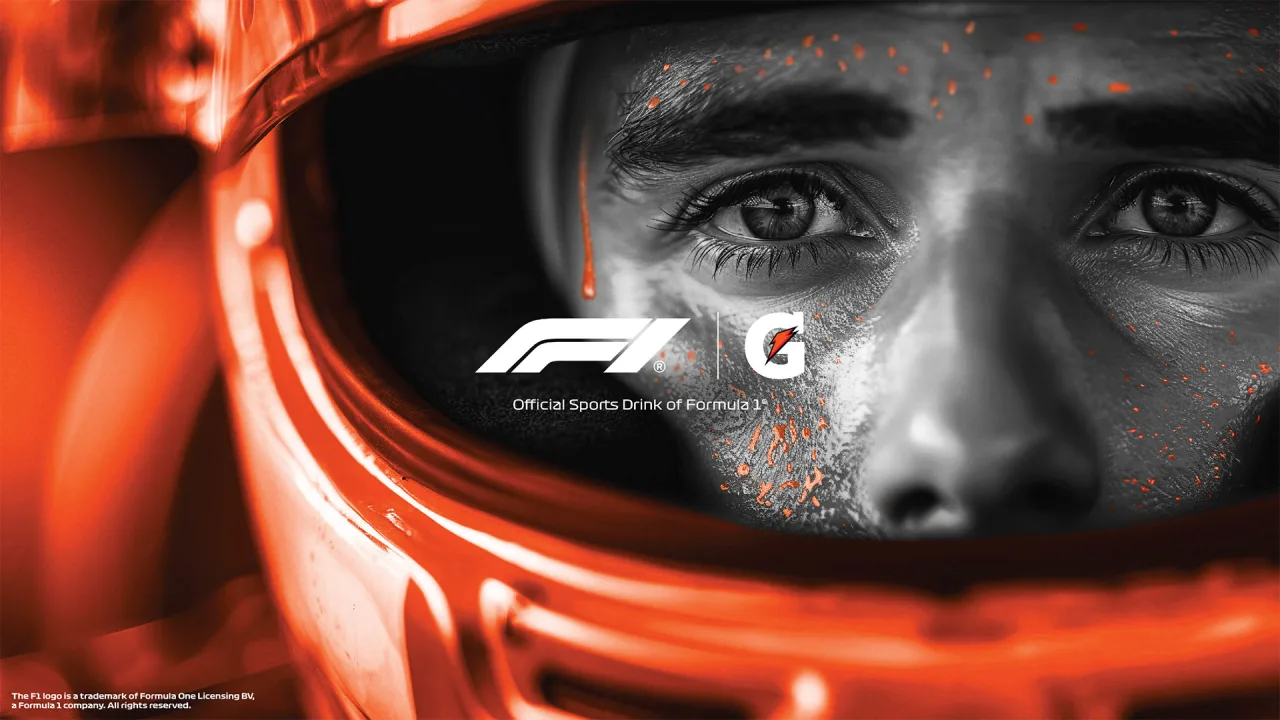
PepsiCo is the latest big-name marketer to rev up alongside Formula 1, joining a growing roster of brands eager to tap into the surging popularity of the global motorsport.
The snack and beverage giant recently signed a multiyear partnership with F1 that includes TV-visible trackside ads, on-site activations at 21 races, and co-branded promotions for three of its marquee brands: Gatorade, Doritos, and Sting Energy. With this move, PepsiCo joins the ranks of luxury powerhouse LVMH, Qatar Airways, and tech heavyweights like Oracle, HP, and Amazon Web Services—each of which has struck sponsorship deals with either individual racing teams or the league itself.
Young, rich, global
While PepsiCo has long been a fixture in sports marketing—teaming up with leagues like the NFL, NBA, WNBA, and the 2026 and 2027 FIFA World Cups—company execs say Formula 1 brings something different to the table. The sport’s fan base skews younger, is more affluent, and appeals equally to men and women. And with 24 Grand Prix races spanning 21 countries, F1 offers marketers a unique chance to connect with both global and hyperlocal audiences on the same circuit.
“It’s a pretty unique global property right now with great momentum,” Adam Warner, PepsiCo’s vice president of global sports and entertainment partnerships, tells Fast Company. “We see a great fit with many of the iconic brands in our portfolio.”
It is also growing massively. Celebrating its 75th anniversary in 2025, F1 commands a TV audience of 1.6 billion, 97 million social media followers, and in-person attendance that grew 9% to 6.5 million in 2024 versus the prior year, according to the league’s parent company Liberty Media. F1 generates the highest sponsorship deal spending across all major leagues, at $6 million on average, according to data analytics firm SponsorUnited.
Liberty Media, the mass media owner of Sirius XM and Live Nation Entertainment, gets much of the credit for boosting the sport’s popularity after it acquired F1 in a $4.4 billion deal in 2016. Since then, F1 has launched a fantasy league to increase online engagement, launched a female-only racing series in 2023, and most importantly to the U.S. market, added races in Miami and Las Vegas.
The U.S. market’s F1 fan base grew by nearly 11% last year to total 52 million, according to analytics company Nielsen Sports. Marketers expect interest will increase after General Motors and Cadillac add an American team to the league for the 2026 season.
“There’s not many sports in the world that travel around in the way that they do, to the amount of locations that they do, and actually bring fans in from two different directions,” says Clare Lawson, global president of Ogilvy One, the ad giant’s customer engagement and experience division. Lawson explains that this core base is now made up of “petro heads” that love the data and technology behind the cars and the fans that are more into the glitz and glamor of the party scene that’s developed around each race.
F1 is also benefiting from a more expansive position in pop culture. Lewis Hamilton, Max Verstappen, and other drivers have become huge stars and tabloids are closely following their personal lives, as well as the women they date and marry. Netflix’s popular TV documentary series based on the league, Drive to Survive, is widely credited for expanding the audience, particularly in the U.S. Later this month, Apple Original Films will release a sports drama film based on the league called F1.
Big brands, big money
“What we’ve seen with Formula 1 is it’s become more part of almost the cultural fabric of people following the drivers themselves,” says Alison Payne, chief marketing officer of Heineken’s U.S. business.
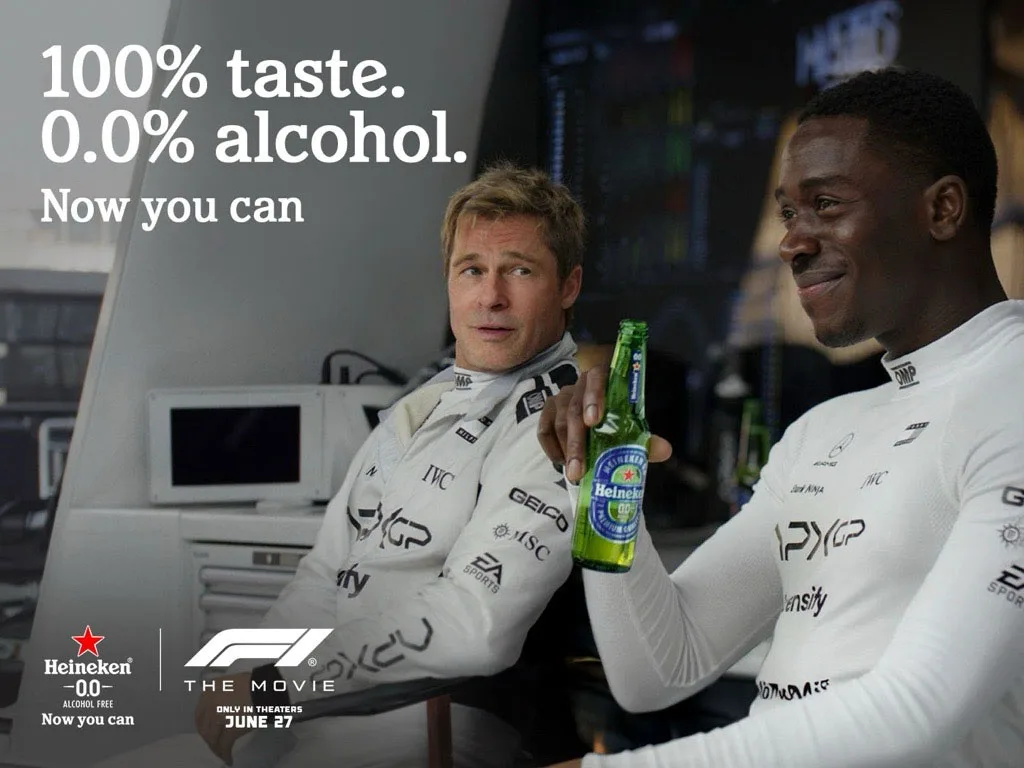
The Dutch brewer has been an advertiser with the league since 2016 and this month debuted a new ad spot featuring the F1 film stars Brad Pitt and Damson Idris to promote the nonalcoholic beer brand Heineken 0.0. “Alcohol and driving never mixes,” says Payne. “It is a perfect platform to raise the awareness that you can still have fun and be part of the social scene, just without alcohol.”
Brands say F1 is an exciting vehicle to build creative local campaigns that can match the unique vibe for each Grand Prix race. For Patrón, that resulted in sponsoring a live concert at members-only Soho House in Austin, tapping into the DJ and nightclub culture in Las Vegas, and toasting the glamorous party scene in Miami with the spicy margarita, as that race tends to run close to Cinco de Mayo.
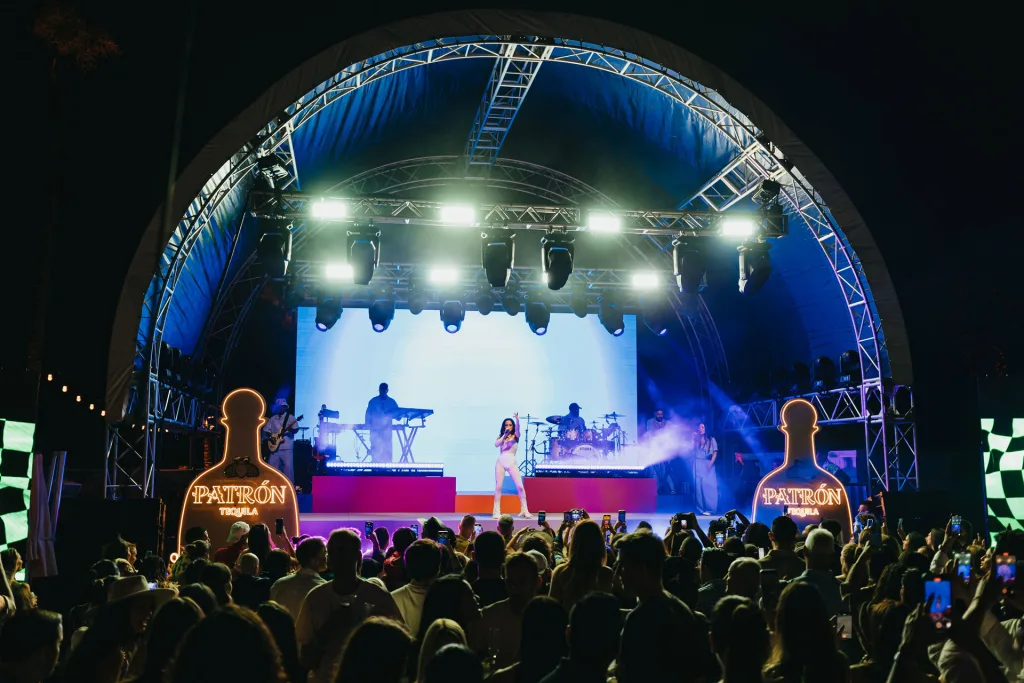
The tequila producer found a natural affinity in the motorsports league in 2021 when it kicked off a partnership with the only F1 driver from Mexico, Sergio Pérez. But that initial deal only involved his own name and likeness and Patrón had to ink a subsequent partnership with Pérez’s former team, Oracle Red Bull Racing, to show him in his F1 uniform.
“Those are the things you have to figure out as a brand,” says D-J Hageman, VP of marketing at Patrón. “What are the right IP [intellectual property] rights that I need and want to have to use in my marketing materials and assets.”
Adidas accelerated their partnership with F1 by signing a multiyear partnership with the Mercedes-AMG PETRONAS F1 team in January, a collaboration that allows the German sportswear brand to create apparel and footwear to outfit both the pro team and fans. To coincide with the Miami race, Adidas debuted a Floridian inspired collection in burgundy and coral that featured a graphic of a mangrove tree leaf.

“We have to spice it up with local insights to make it more relevant for local consumers,” says Michael Batz, general manager of Adidas Motorsport.
Capital One’s digital concierge service Velocity Black has been a F1 partner since 2023, working closely with F1’s Aston Martin Aramco team. CEO Sylvain Langrand says particularly strong demand for races in popular destinations, including Monaco and Singapore, can make it hard for travelers to book high-end hotels and tables at popular restaurants and bars.

Langrand says his service offers their clientele a full end-to-end F1 experience that includes transportation, hotel reservations, hospitality experiences, and even an opportunity to meet the Aston Martin team in person. Velocity Black offers F1 packages across the globe, but says that the U.S. events sell out first.
“Even when you think about the entire F1 racing calendar throughout the year, these three events in the U.S. are very, very special,” says Langrand.




























































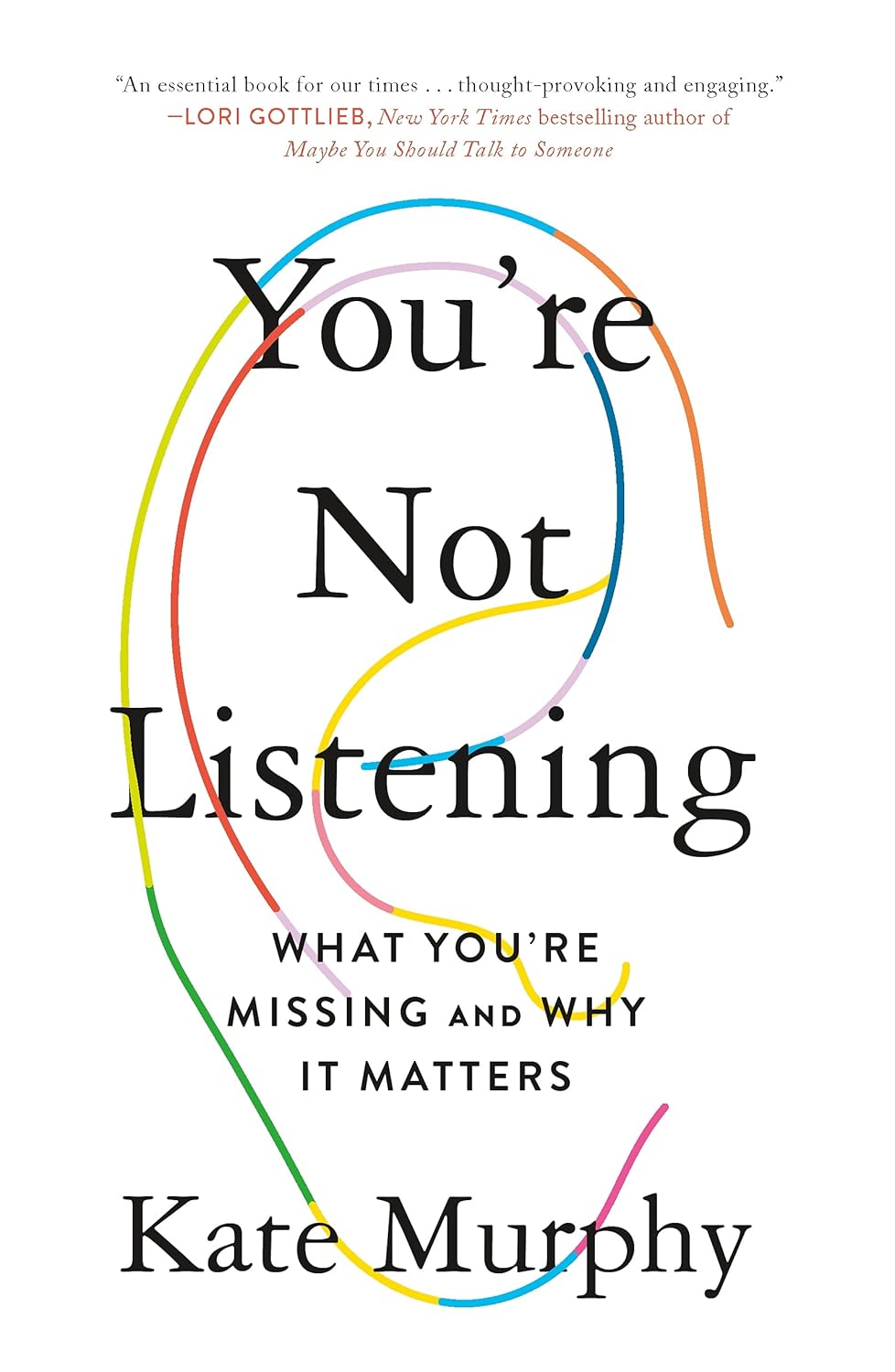




![https //g.co/recover for help [1-866-719-1006]](https://newsquo.com/uploads/images/202506/image_430x256_684949454da3e.jpg)




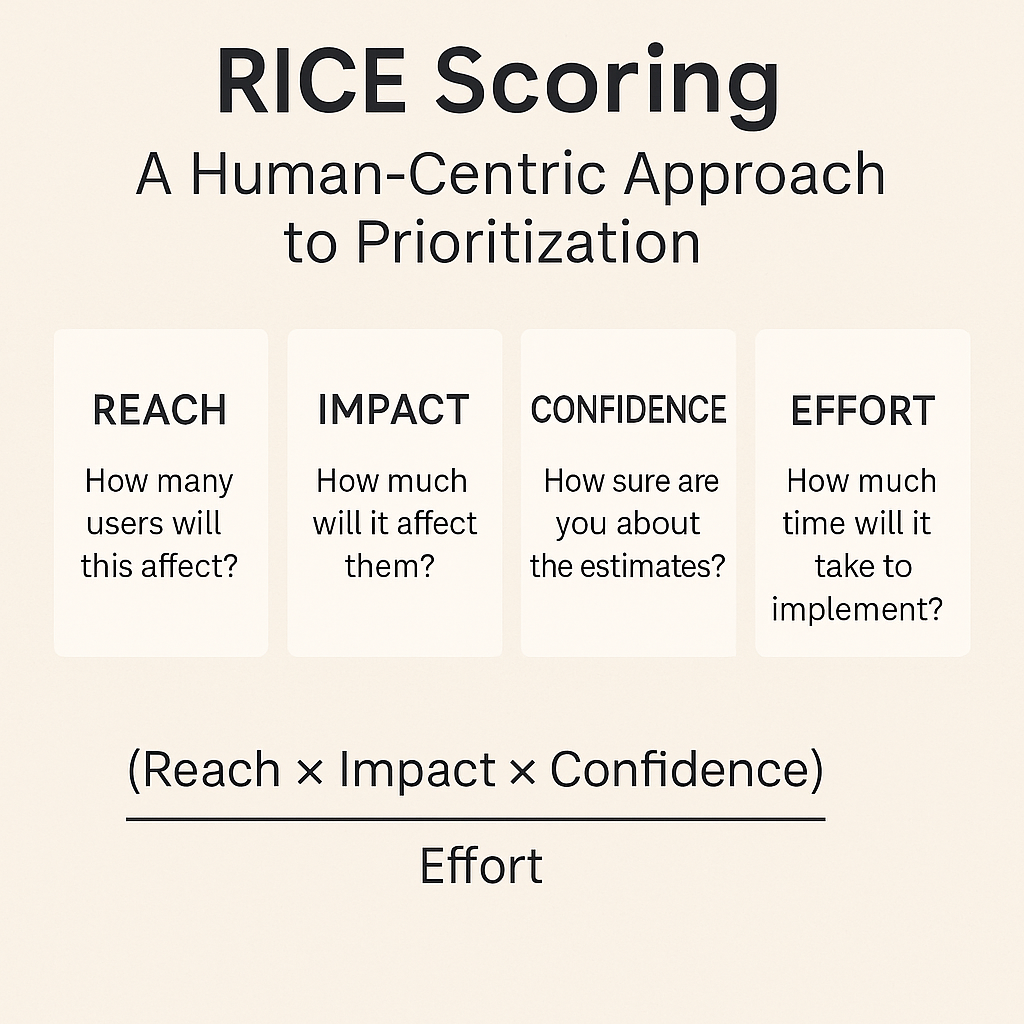









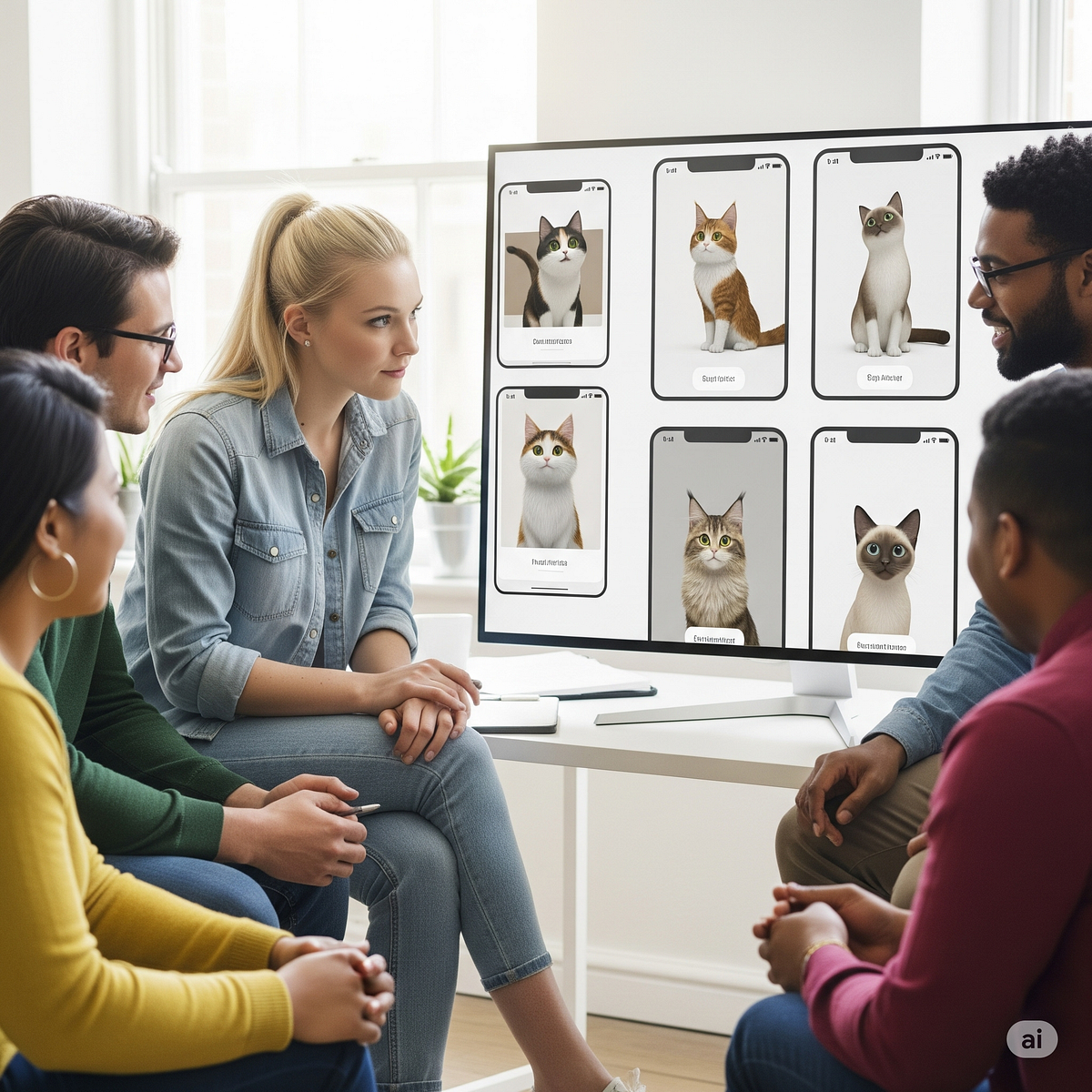


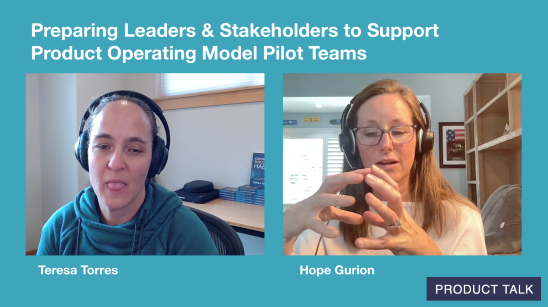






![How Smart PMs Scale Their Careers in Any Org [TPG Live Recap]](https://tpgblog.com/wp-content/uploads/2025/06/2025-06-12-thumbnail-action.png?#)
































